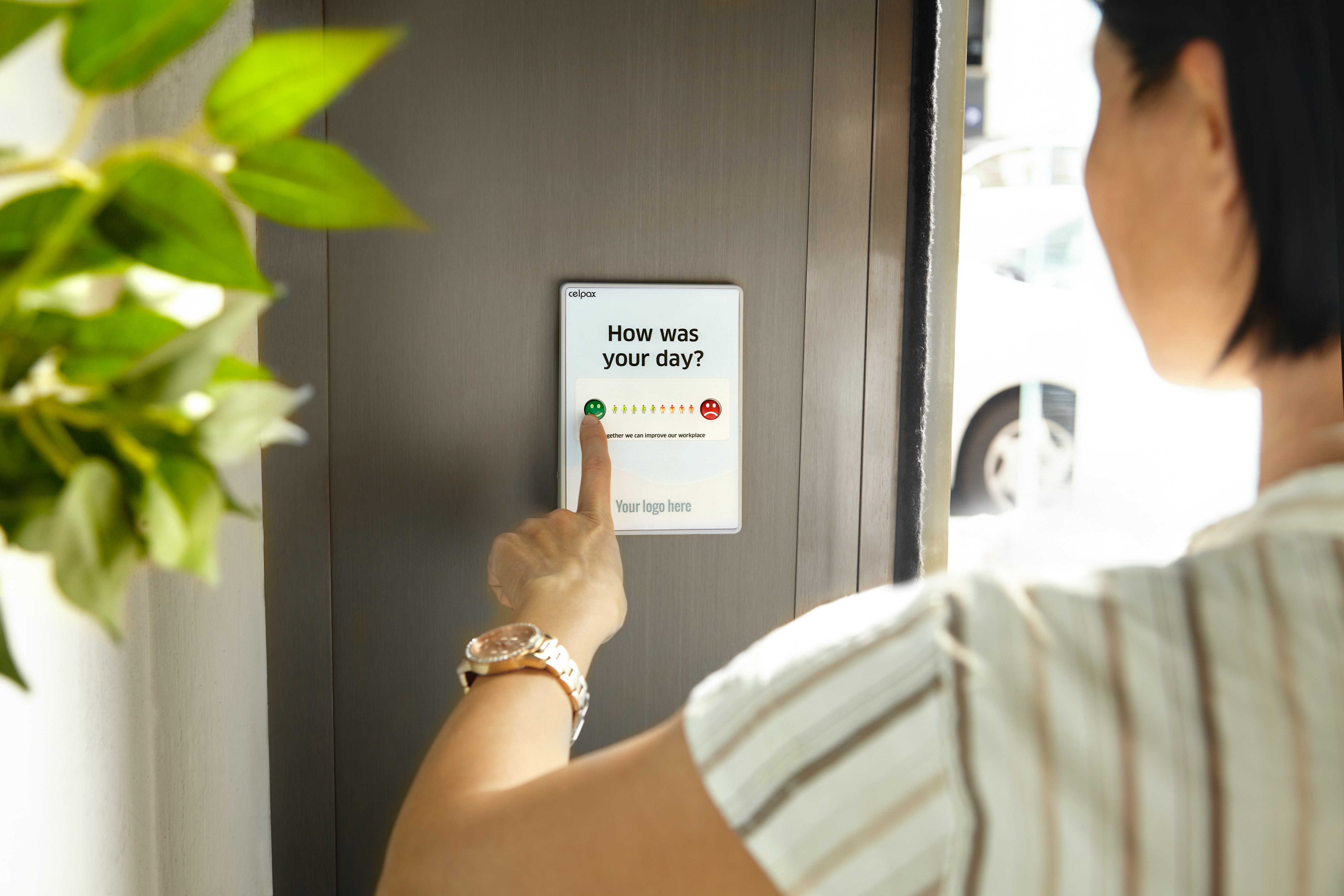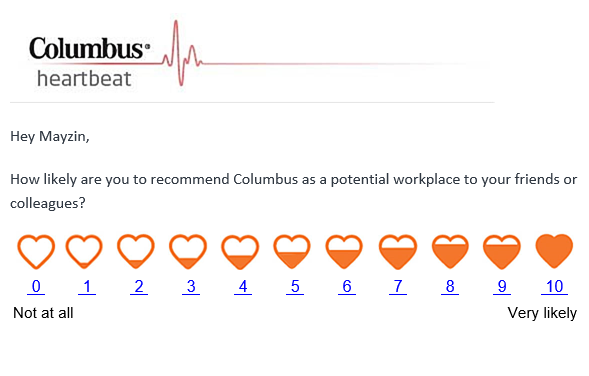Happy customers are your brand ambassadors. What they say about you and whether they recommend you to other potential customers or not has never been more important.
Think about it…we trust the opinions of our friends and family – such as recommendations or things to avoid. So, you should be always focussing on resolving all your customer problems, supporting their goals and helping them to succeed and grow.
It costs far more (in time and money) to attract a new customer than to keep an existing one. So, keep a close eye on them. Listen to your current customers and follow up with them if you’re going to learn how to provide the best experiences.
Going above and beyond for your customers is now more important than ever before.

Introducing the NPS Survey
A good way to gauge what your customers think about you on is to use the NPS (Net Promoter Score) survey.
This can produce a quantified view of your customers’ relationship and experience with you. As your NPS score goes up, the better that relationship and experience is. The survey and subsequent score not only finds out how happy your customers are, but it’s also a good way to find out how likely your customers would recommend your products or services to others.
Here’s an example NPS survey questionnaire…
 This is the NPS survey we send to our employees.
This is the NPS survey we send to our employees.
First, survey your customers
Depending on how many customers you have, this may be ALL of them or a representative sample.
You need to ask them how likely they are to buy from you again or recommend your services to others. The answer needs to be numeric using a scale of 0 to 10 where 0 is unlikely and 10 is very likely.
You can also ask for additional comments about your products and services at the same time.
How the NPS Score is calculated
- Responses of 9 to 10 are called Promoters. Customers giving scores in this range are likely to remain customers for longer. They are your best word of mouth leaders who will make more positive referrals to other potential companies.
- Responses of 7 and 8 are called Passives. Customers giving scores in this range are viewed to fall between Promoters and Detractors.
- Responses of 0 to 6 are called Detractors. Customers giving scores in this range are believed to be less engaged with your company. Detractors are your unhappy customers – they could become Promoters OR leave you for a Competitor. Be careful with your Detractors as they could damage your brand if they share their poor experiences with your company with other people (or via social media).

The NPS is calculated by subtracting the percentage of Customers who are Detractors from the percentage of Customers who are Promoters. For the purposes of calculating a Net Promoter Score, Passives count toward the total number of respondents, thus decreasing the percentage of Detractors and Promoters.
Ideally, you will have more Promoters than Detractors; thus, giving a positive NPS score.
If you’re doing a good job and helping your customers grow then your company will grow too. You can use survey software to collect your NPS results or you can survey your customers personally and calculate it for yourself.
Either way, isn’t it time you discovered your NPS score and found out who your best customers are?
Tip: Why not celebrate your Customers who have become Promoters with a customer loyalty scheme with rewards, points, discounts or a gift to keep them even more engaged and talking about you?
A customer complaint isn’t the end of the world. What matters is what you do next
Remember that a customer who complains is a customer who can come back. Despite their negative words, they’re giving you a chance to put the problem right.
If you never hear from them (AKA they don’t leave you a review) and they move to a competitor, you may never get the chance to put things right. Worse still, you will never find out what you did wrong.
So, it’s important to at least try to get customer feedback.
Interested in discovering how you can handle customer complaints? We have a guide that covers the four most common customer service demands and how you can tackle them.
Check it out below.

